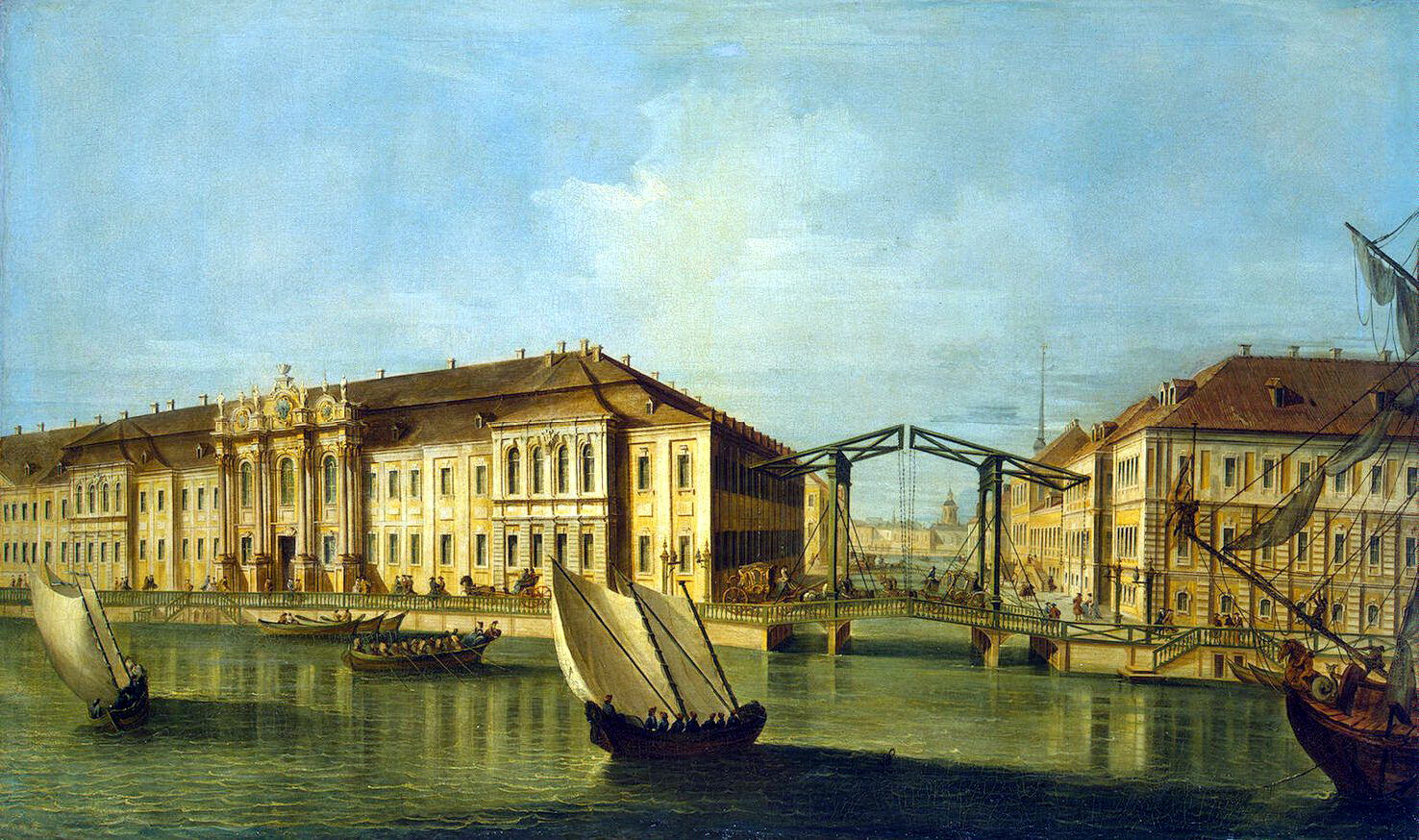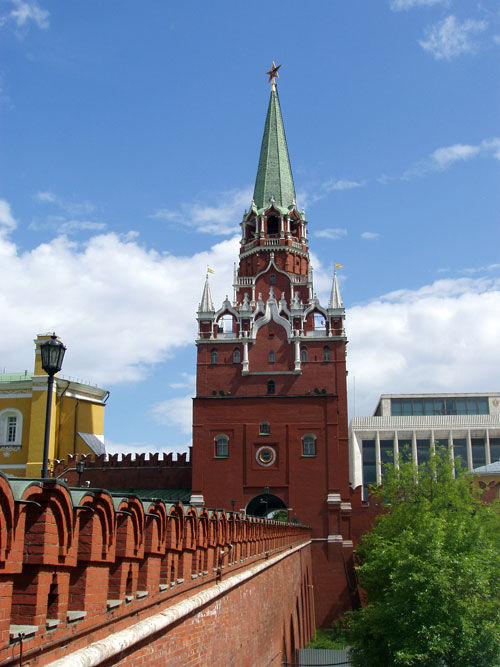|
Georg Johann Mattarnovi
Georg Johann Mattarnovi (russian: Георг Иванович Маттарнови, ''Georg Ivanovich Mattarnovi''; died 2 November 1719) was a German Baroque architect and sculptor, notable for his work in Saint Petersburg.V.K. Dmitriyev Архитекторы Санкт-Петербурга (Architects of Saint Petersburg), Korona-print, 2007 The birthplace of Mattarnovi is unknown, but most probably it was Prussia. His year of birth is also unknown. He was a sculptor, and a disciple and assistant of German architect Andreas Schlüter. Mattarnovi arrived in Saint Petersburg in 1714, following Schlüter. After the death of Schlüter, Mattarnovi continued work on Schlüter's projects. In 1715–1719, Mattarnovi managed the construction of the grotto pavilion in the Summer Garden originally designed by Schlüter. He also built two pavilions there, and a colonnade-gallery for an ancient sculpture of Venus. Mattarnovi built the Tsar Peter I's main residence of Saint Peterburg ... [...More Info...] [...Related Items...] OR: [Wikipedia] [Google] [Baidu] |
Nevsky Prospect
Nevsky Prospect ( rus, Не́вский проспе́кт, r=Nevsky Prospekt, p=ˈnʲɛfskʲɪj prɐˈspʲɛkt) is the main street (high street) in the federal city of St. Petersburg in Russia. It takes its name from the Alexander Nevsky Lavra, the monastery which stands at the eastern end of the street, and which in turn commemorates the Russian hero Prince Saint Alexander Nevsky (1221–1263). Following his founding of Saint Petersburg in 1703, Tsar Peter I planned the course of the street as the beginning of the road to Novgorod and Moscow. The avenue runs from the Admiralty in the west to the Moscow Railway Station and, after veering slightly southwards at Vosstaniya Square, to the Alexander Nevsky Lavra. History of the street 18th century Early 18th century. Reign of Peter the Great On September 5, 1704, Admiralty of the Saint Petersburg was laid on the left bank of the Neva River. The area adjacent to the fortress began to be built up. In the area of modern ... [...More Info...] [...Related Items...] OR: [Wikipedia] [Google] [Baidu] |
18th-century German Architects
The 18th century lasted from January 1, 1701 ( MDCCI) to December 31, 1800 ( MDCCC). During the 18th century, elements of Enlightenment thinking culminated in the American, French, and Haitian Revolutions. During the century, slave trading and human trafficking expanded across the shores of the Atlantic The Atlantic Ocean is the second-largest of the world's five oceans, with an area of about . It covers approximately 20% of Earth's surface and about 29% of its water surface area. It is known to separate the " Old World" of Africa, Europe an ..., while declining in Russian Empire, Russia, Qing dynasty, China, and Joseon, Korea. Revolutions began to challenge the legitimacy of monarchical and aristocratic power structures, including the structures and beliefs that Proslavery, supported slavery. The Industrial Revolution began during mid-century, leading to radical changes in Society, human society and the Natural environment, environment. Western historians have oc ... [...More Info...] [...Related Items...] OR: [Wikipedia] [Google] [Baidu] |
Russian Architects
This is a list of architects of the Russian Federation, Soviet Union, Russian Empire, Tsardom of Russia and Grand Duchy of Moscow, both ethnic Russians and people of other ethnicities. This list also includes those who were born in the ///Tsardom of Russia/Grand Duchy of Moscow but later emigrated, and those who were born elsewhere but immigrated to the country and/or worked there for a significant period of time. Attested biographies of architects in history of Russia, Russian history date back to 1475, when Aristotile Fioravanti, a native of Bologna, arrived in Moscow to build the Dormition Cathedral, Moscow, Dormition Cathedral of the Moscow Kremlin. Foreign architects had a notable place in Russian and Soviet Union, Soviet history, especially in the last quarter of the 18th century (Charles Cameron (architect), Charles Cameron, Bartolomeo Rastrelli, Carlo Rossi (architect), Carlo Rossi and others) and in the first quarter of the 20th century (Ludwig Mies van der Rohe, Mies van ... [...More Info...] [...Related Items...] OR: [Wikipedia] [Google] [Baidu] |
1719 Deaths
Events January–March * January 8 – Carolean Death March begins: A catastrophic retreat by a largely-Finnish Swedish- Carolean army under the command of Carl Gustaf Armfeldt across the Tydal mountains in a blizzard kills around 3,700 men and cripples a further 600 for life. * January 23 – The Principality of Liechtenstein is created, within the Holy Roman Empire. * February 3 (January 23 Old Style) – The Riksdag of the Estates recognizes Ulrika Eleonora's claim to the Swedish throne, after she has agreed to sign a new Swedish constitution. Thus, she is recognized as queen regnant of Sweden. * February 20 – The first Treaty of Stockholm is signed. * February 28 – Farrukhsiyar, the Mughal Emperor of India since 1713, is deposed by the Sayyid brothers, who install Rafi ud-Darajat in his place. In prison, Farrukhsiyar is strangled by assassins on April 19. * March 6 – A serious earthquake (estimated magnitude >7) in El Salvador results in large fractures, lique ... [...More Info...] [...Related Items...] OR: [Wikipedia] [Google] [Baidu] |



